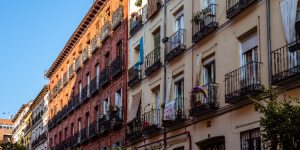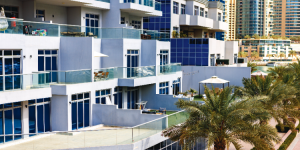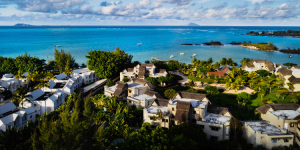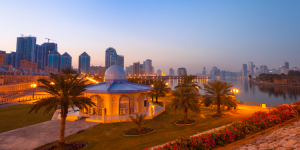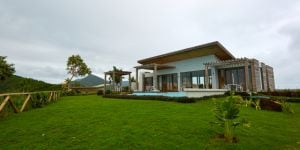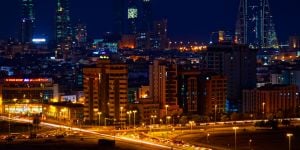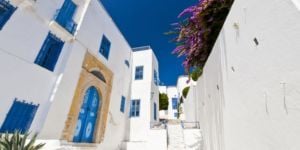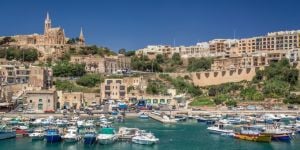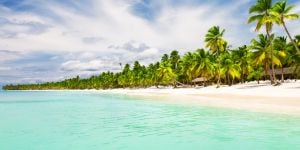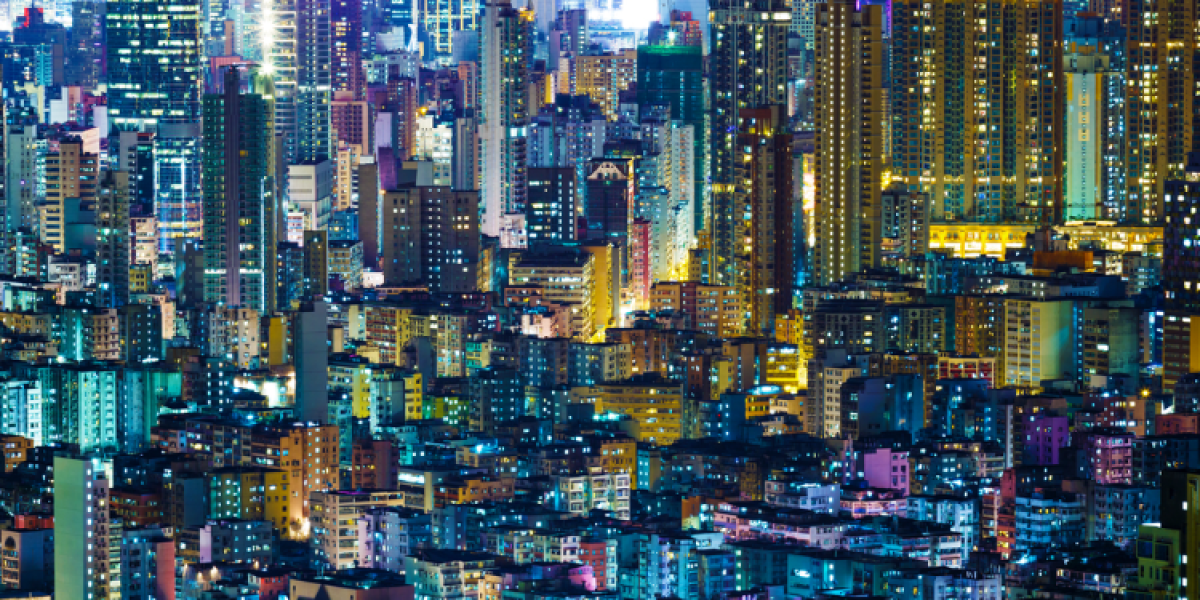
Are you looking to rent or buy a house in a new country? You might be in for a few surprises when it comes to the real estate market and how people live on your house-hunting journey. Here are some ways homes differ around the world.
Tiny apartments are common in Hong Kong and Singapore
Hong Kong is one of the most densely populated and expensive places to live in. This financial hub's population has grown to 7.5 million post-Covid despite having an aging population. All of these people live in a highly vertical city consisting of multiple islands that add up to only around 1000 km² of land. Even if home prices have fallen slightly post-pandemic, it still remains among the most expensive cities in the world for both renting and buying a home.
The lack of space and high cost of living gave rise to “micro-apartments” or “nano-flats” in this city. They are less kindly called “cage homes” and “coffin homes” when they are truly extremely compact, under 200 square feet. Even reasonably sized apartments are small by global standards, with single residents typically living in apartments of around 300 square feet. The apartment size for families is generally between 450-650 square feet.
Fortunately, Hong Kong's interior designers have learned to use the space ingeniously to make the most of it. As reported by South China Morning Post and Never Too Small, designers have integrated underfloor storage, platform beds, furniture-integrated washing machines, ceiling-high shelves that also double as platforms for pet cats, etc., into these small homes to make them comfortable. With decorative elements on the walls and ceiling, they have not neglected aesthetics.
In Singapore, the phenomenon of tiny apartments is not as extreme as in Hong Kong, but apartments still tend to be smaller for the same reason: the lack of land in a small city-state combined with a high cost of living. The vast majority of people live in apartments, with only very wealthy residents living in landed property or detached houses.
Most Singaporean citizens live in apartments built by the state's Housing and Development Board (HDB). Expats can rent HDB housing, but there are quotas for non-citizens, and they cannot buy them unless the houses are on resale. Hence, most expats tend to rent private apartments, i.e., condominiums. Developers have tried to foster a sense of community in these blocks by building a common ground floor and garden where residents can interact.
Australians love spacious houses in the suburbs or close to nature
If small apartments are the norm in Hong Kong and Singapore, the opposite is true in Australia. Real estate research shows that when Australians househunt, they prioritize finding a spacious house with 3-4 bedrooms, multiple parking spaces and a garden, normally in the suburbs.
Houses in Australia are even much larger than in other countries where suburban homes are popular, including the US. Despite their size, spacious houses in the suburbs of major Australian cities like Sydney and Brisbane remain relatively affordable compared to other major cities elsewhere. Those with limited budgets look for houses with fewer rooms, but they still prefer a smaller detached house over an apartment in a high-rise. Few people of working age live in inner city areas; people like moving to the suburbs.
As Australia is a vast country, architectural styles vary from region to region. A famous regional architectural style is the Queenslander style, which can be seen in the suburbs of Brisbane. Queenslander homes are beautiful and spacious, one-story houses made of wood with gabled roofs. They also stand on stilts, which protect them against flooding, and are wrapped by a veranda that stretches all around the house. Like the stilts, the veranda helps deal with the climatic conditions in Australia, in this case, hot weather that makes people want to cool off by sitting outside.
However, one problem with the use of timber in many Australian houses is their vulnerability in the face of wildfires, which are a growing concern as climate change intensifies. This especially concerns Australians and expats who chose homes close to the bush (natural hinterland) to be in a greener environment. SGS Economics and Planning estimates that 2.2 million people in Australia currently live in areas where houses could be destroyed by bushfires. These people are being encouraged to modify their houses to become more fireproof. They can, for instance, create a bare strip without trees around their property, replace the timber with less flammable material, and install fire shutters.
If you are planning to move to Australia, it is important to consider the safety of your house against bushfires and floods when house hunting. Australia is a popular destination for expats from other English-speaking countries, as well as Asian international students and expats.
Finnish houses have light colors and built-in saunas
Far up north, the Finns have learned to build their houses in a way that keeps them safe and comfortable through long, dark and cold winters.
You will notice that the exterior walls of many houses in Finland are an eye-catching red. This color is called Falu red, and the history behind its use is the affordability of weather-resistant paint made from iron oxide (iron oxide has a reddish hue). This paint is originally from Sweden, where it is also used to paint houses.
Inside a Finnish home, you can expect to find light colors. All-white minimalism, which evokes the concept of “Scandinavian minimalism”, is common. The color white reflects light, which makes rooms look bright and spacious during winter. You are unlikely to find furniture made of darker woods like ebony and mahogany in a pre-furnished house you rent in Finland, because these would make rooms look gloomy in the winter. In the winter months, there are only around six hours of daylight in southern Finland, while it remains dark all day in the more northern regions of the country.
All of the Scandinavian countries have a sauna culture, but the number of saunas in Finland is unrivaled. There are 3 million saunas in this country of 5.5 million people, which means that many homes come equipped with a small sauna for the family. In the bygone days of home births, women would even give birth in the saunas of their homes! It is not considered a luxury like having a swimming pool in your house — it is an expensive room like a bathroom, and Finns of all generations enjoy unwinding in the sauna after work. And, of course, it helps to stay warm during these long winters.
Mexican houses have a blend of Indigenous, colonial and modern influences
Mexico is an increasingly popular expat destination, especially among digital nomads and young Americans. It attracts expats with its affordable cost of living and vibrant culture.
The rich blend of influences in Mexican culture – Indigenous, colonial Spanish and French, even Moorish/Islamic via Spanish influences – has given rise to a variety of architectural styles. Some of the architectural styles for residential houses that were born from this confluence of cultures are haciendas, Mission Revival, and adobe houses.
Adobe houses are made from dried mud bricks. It is a building technique from before the Spanish conquest, used by the Indigenous peoples of Mexico and the US Southwest. These houses have earthy tones ranging from yellow to red, and their roofs are flat. While it is a rarer form of housing nowadays, there has recently been a resurgence in adobe construction, both as a way to honor local traditions and because it is eco-friendly. The mud from which it is made is locally sourced and renewable. It is also fireproof and highly resistant to earthquakes (which happen quite often in Mexico!). Additionally, adobe keeps interiors cool in hot weather. If sustainability is important to you as an expat, an adobe house in Mexico could be an excellent choice!
Haciendas are a well-known architectural style across former colonies of Spain, as they are often the settings of telenovelas and films. Space is the most important thing in haciendas; interior living spaces are meant to blend smoothly with the outdoors. Haciendas are spacious one-story houses with airy living rooms and kitchens, beautiful inner courtyards, open-air terraces, and sprawling grounds. While larger haciendas have generally been converted into hotels and other facilities, it is possible to build a smaller home in the hacienda style.
Mission Revival houses are discernible by their red tile roofs with overhanging eaves and white stucco walls. They have ornate colonial elements such as patterned brick inlay, curved parapets, and intricate window trims, which make them resemble old churches. This style of home is also popular in California. Even if you rent or buy a modern apartment rather than a traditional house in Mexico, you can expect to find a few elements of the above architectural styles in them. In general, Mexican houses tend to include color and ornamentation rather than be completely plain.
